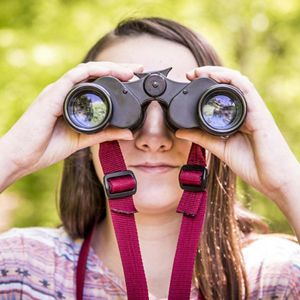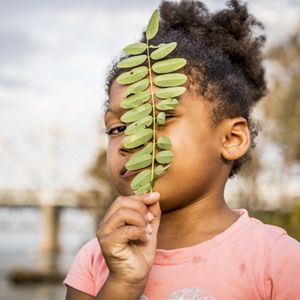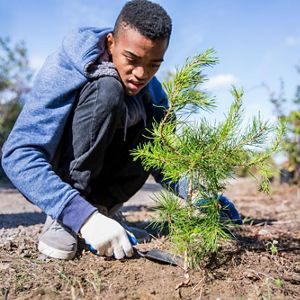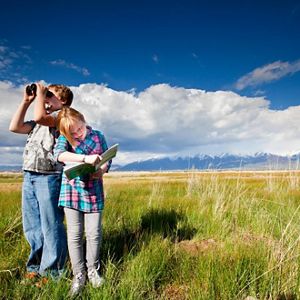Youth Education Resources for Ages 11-14
Interactive nature-based lesson plans for middle school age students.

All Resources for Ages 11-14 (U.S. Grades 6-8)
Download our educational resources for students ages 11-14 (U.S. grades 6 through 8). Lessons include biological interactions, terminology, the impact of reforestation and urban trees on human health, and more. Each lesson plan comes with a free teacher's guide and video.
Teacher Guide
Download the PDFSeeing the Wood for Trees: Sustainable Forestry (video)
In this lesson, students interact with Google Earth to identify forests that have been logged selectively versus those that have not. They also learn how to distinguish the appearance of forestry methods in satellite images.
Teacher Guide
Download the PDFFighting Fire with Fire (video)
Wildfires occur naturally when lightning strikes a forest or grassland. Alternatively, controlled burns, also known as prescribed fires, are set by land managers and conservationists to mimic the effects of natural fires. In this lesson, students explore controlled burn scenarios and the positive impacts of fire on ecosystems. Download the Powerpoint here.
Teacher Guide
Download the PDFBee Detective: Declining Bee Populations (video)
Honeybees benefit humans in many ways: They are important pollinators of food crops and producers of honey and beeswax. Learn about the features of a honeybee colony and the potential causes of colony collapse disorder (CCD).
Teacher Guide
Download the PDFThe Need Is Mutual: Biological Interactions (video)
Organisms have a variety of relationships. In this lesson, students learn to categorize relationships according to their impact on organisms and the terminology for these biological interactions, for example, symbiosis.
Teacher Guide
Download the PDFHow Natural Areas Filter Water (video)
Nature works to filter water and to release water over time, thereby reducing the amount of artificial treatment needed to filter water and helping to prevent flooding. In this lesson, students learn about the importance of water quality for human health and agriculture.
Teacher Guide
Download the PDFPopulation Management (video)
The needs of cattle herds overlap the needs of wildlife in communities, such as Kenya. In this lesson, students learn how balancing cattle herd size, grazing rights and wildlife populations is beneficial.
Teacher Guide
Download the PDFReforestation: Impact on Climate (video)
Students explore how reforestation can help decrease carbon dioxide and greenhouse gases in the atmosphere, thereby minimizing climate change and improving air quality.
Teacher Guide
Download the PDFUrban Trees (video)
In this lesson, students learn how trees renew our air supply by absorbing carbon dioxide and producing oxygen, and how they clean our air by filtering out dust and greenhouse gases.
Stay connected for the latest resources from Nature Lab
Don't miss new Nature Lab teaching guides and videos. Sign up to get the monthly Nature Lab newsletter with free environmental education materials for educators and families.
Explore Our Youth Curriculum
Access resources aligned to The Nature Conservancy's research and designed specifically for a young audience and classroom use.



